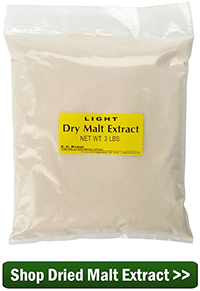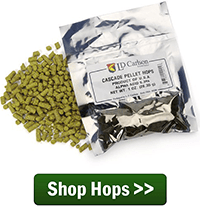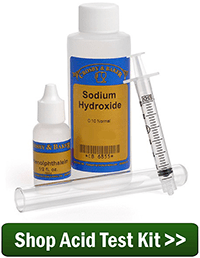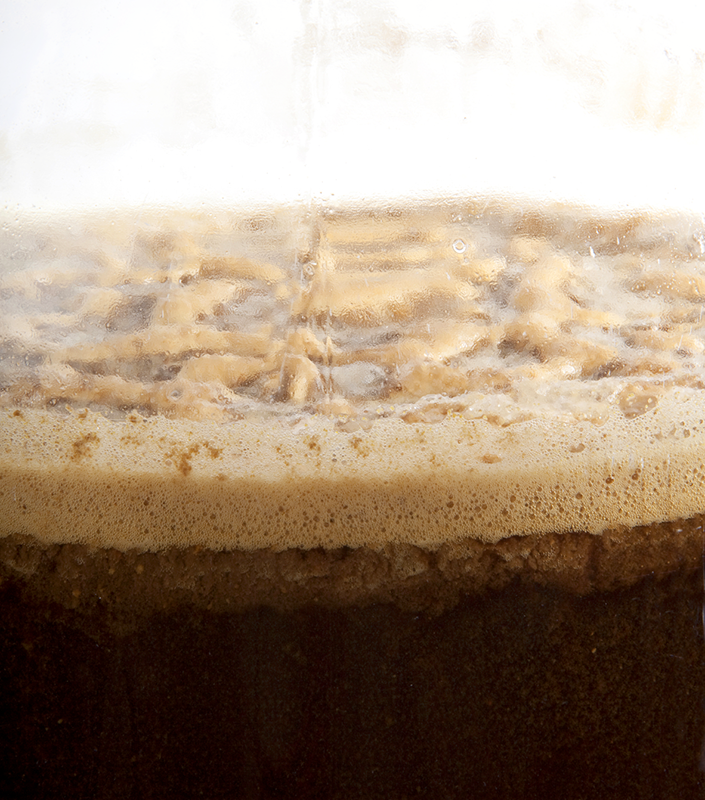 If you’ve ever shopped around for a new fermenter, you’ve probably asked yourself this question: What are the advantages and disadvantages of fermentation buckets vs. carboys?
If you’ve ever shopped around for a new fermenter, you’ve probably asked yourself this question: What are the advantages and disadvantages of fermentation buckets vs. carboys?
As a beginning homebrewer, it may be hard to find a definitive answer to the question. Ask other brewers, and you’ll probably get a range of opinions. It seems that everyone has their preference.
But there’s a reason that homebrew equipment kits include a bucket fermenter for primary fermentation and a carboy for secondary fermentation. It all comes down to a few pros and cons:
Buckets
- Wide mouth offers easy access – The design of a fermenting bucket makes it easy to pour into from the boil kettle – you don’t have to mess with a funnel. It’s also easy to open the lid to pull hydrometer samples or add dry hops or other flavorings.
- Lots of headspace – Buckets offer lots of room for krausen during primary fermentation.
- Plastic is lightweight and unlikely to break – Buckets are easier to move than glass. Plus, if you drop one, it won’t shatter and send you to the ER.
- Easy to clean – It’s easier to get inside a bucket to clean the insides. If you need to, you can really get in there and scrub.
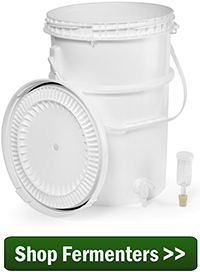
Carboys
- Great for bulk aging – With carboys, it’s easy to minimize headspace. Reducing the amount of beer that comes in contact with air greatly reduces the chances of oxidation and infection.
- A window to your fermentation – Carboys are clear, so you can see what’s happening inside.
- They come in glass and plastic options – Some brewers feel like they get better flavor when fermenting in glass.
- Don’t provide much space for primary fermentation – To give the krausen room to grow, you may need to rig up a blowoff tube.
- Can be difficult to clean – Since the opening at the top is so small, it can be hard to get inside for a deep clean. We recommend using a carboy brush or an automatic carboy washer to really get inside.
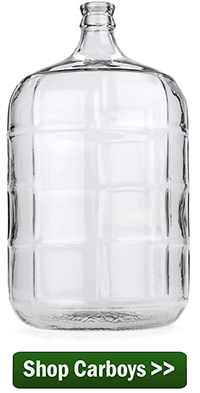
Conclusion
Though both fermentation buckets and carboys work well for fermenting beer, buckets tend to be best for primary fermentation and carboys for secondary fermentation and aging. If you anticipate needing to get inside the fermenter during fermentation (to add dry hops or to stir a mead), a bucket may be your best bet. If you plan to age a beer for a long time after primary fermentation, consider using a carboy to minimize headspace. So as you can start to see there is some commonsense arguments for using a fermentation bucket vs using a carboy.
Which do you prefer: fermentation bucket or carboy?
—–
David Ackley is a writer, brewer, and craft beer marketing consultant. He holds a General Certificate in Brewing from the Institute of Brewing and Distilling and is founder of the Local Beer Blog.

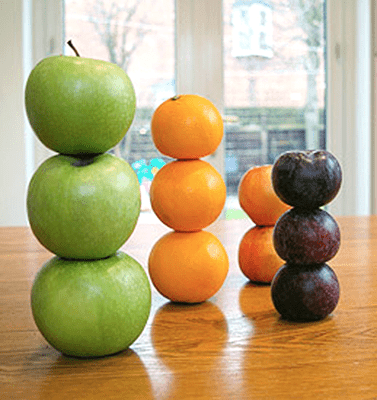
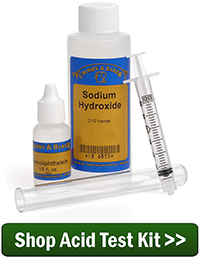

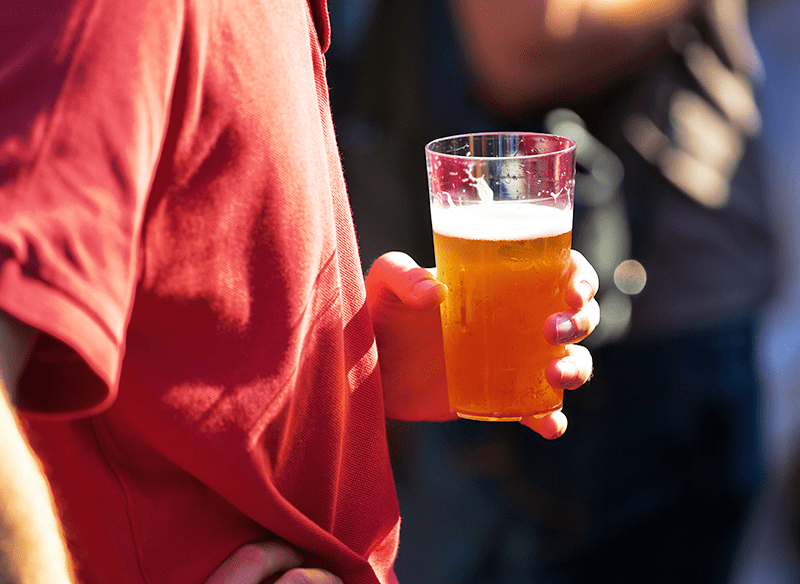
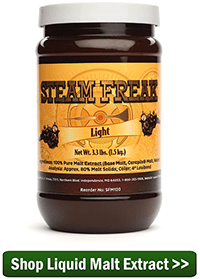
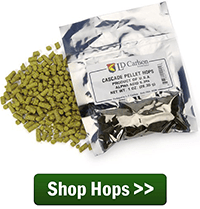
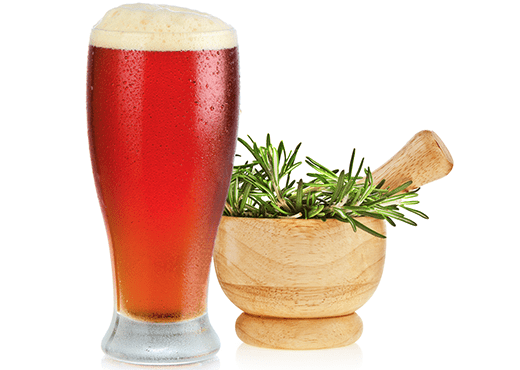
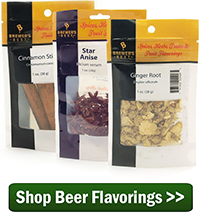
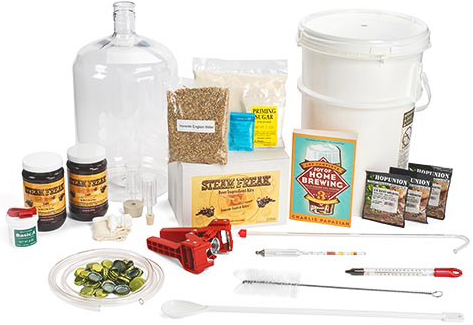

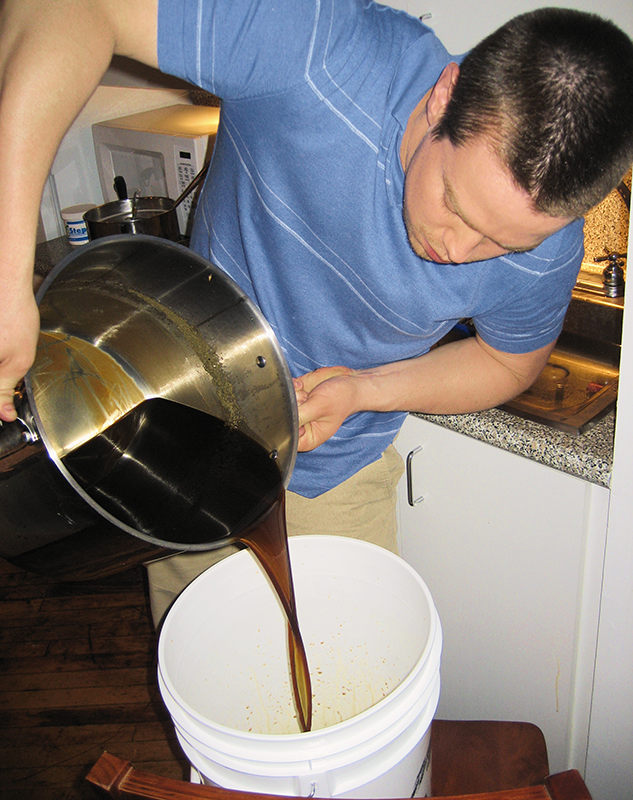
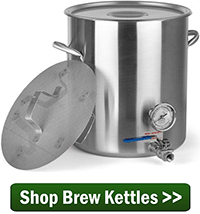
 Those homebrewers with a competitive mindset will naturally be drawn to participating in homebrew competitions. Those that aren’t should still consider participating. Not only is it a great way to get feedback on your beers, it’s a fun way to interact with other beer lovers and an opportunity to have some pride in your hard work.
Those homebrewers with a competitive mindset will naturally be drawn to participating in homebrew competitions. Those that aren’t should still consider participating. Not only is it a great way to get feedback on your beers, it’s a fun way to interact with other beer lovers and an opportunity to have some pride in your hard work.
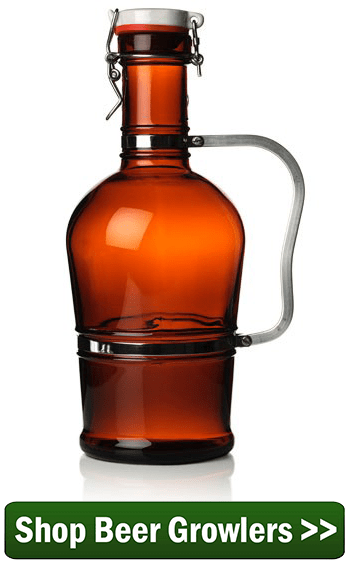
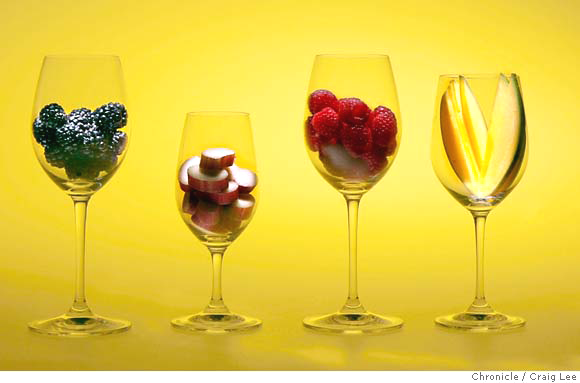 We did a Chardonnay wine kit recently. The results were very good, by all accounts. What is your position on mixing peach, apricot or even persimmon into a batch of that? Wondering. Thanks in advance for your time.
We did a Chardonnay wine kit recently. The results were very good, by all accounts. What is your position on mixing peach, apricot or even persimmon into a batch of that? Wondering. Thanks in advance for your time.
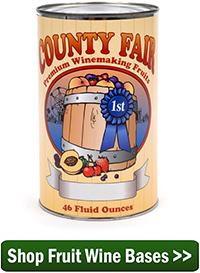
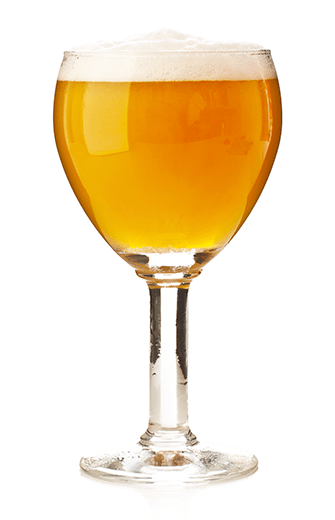 If you’re a fan of Belgian Abbey beers, you’ve probably heard of
If you’re a fan of Belgian Abbey beers, you’ve probably heard of 